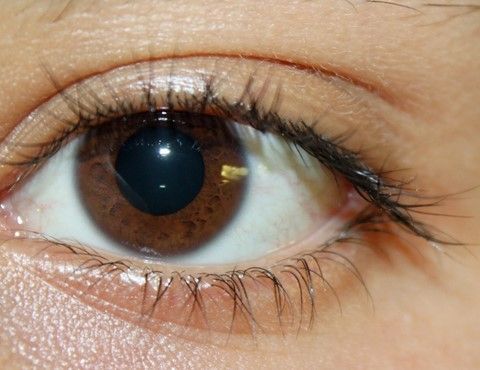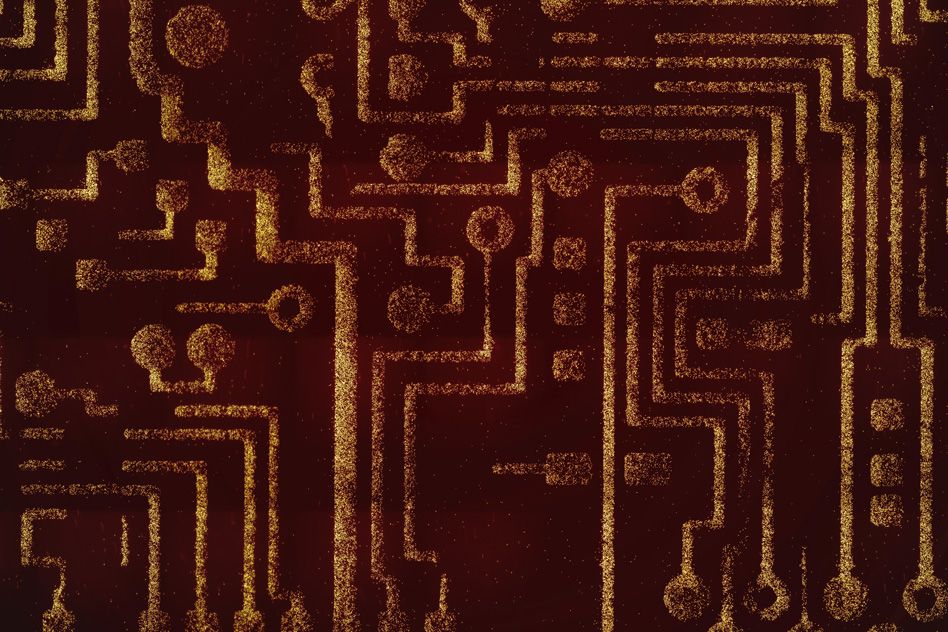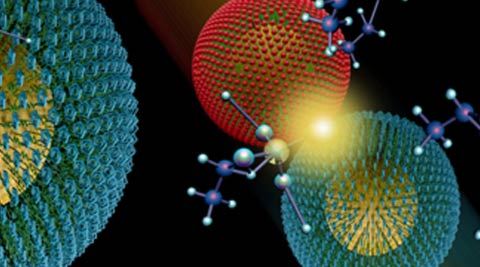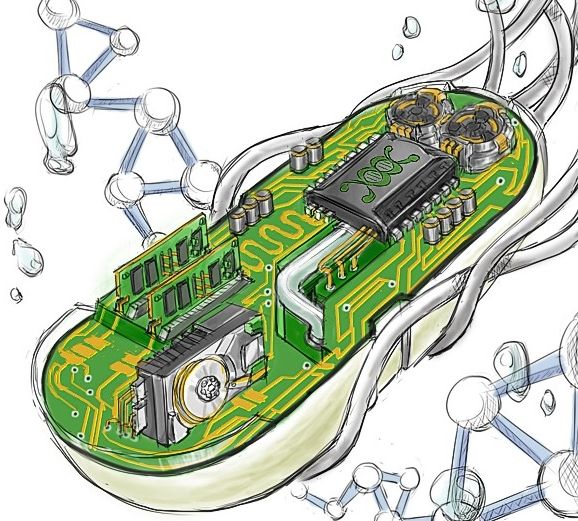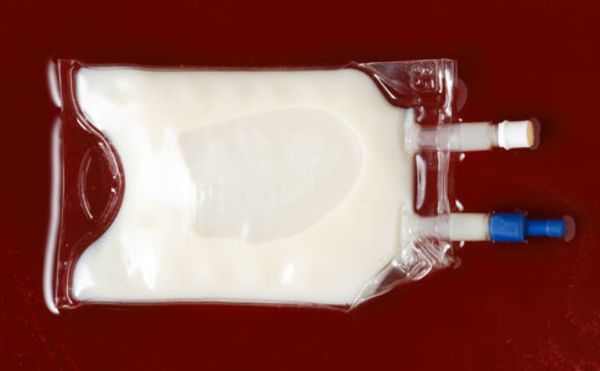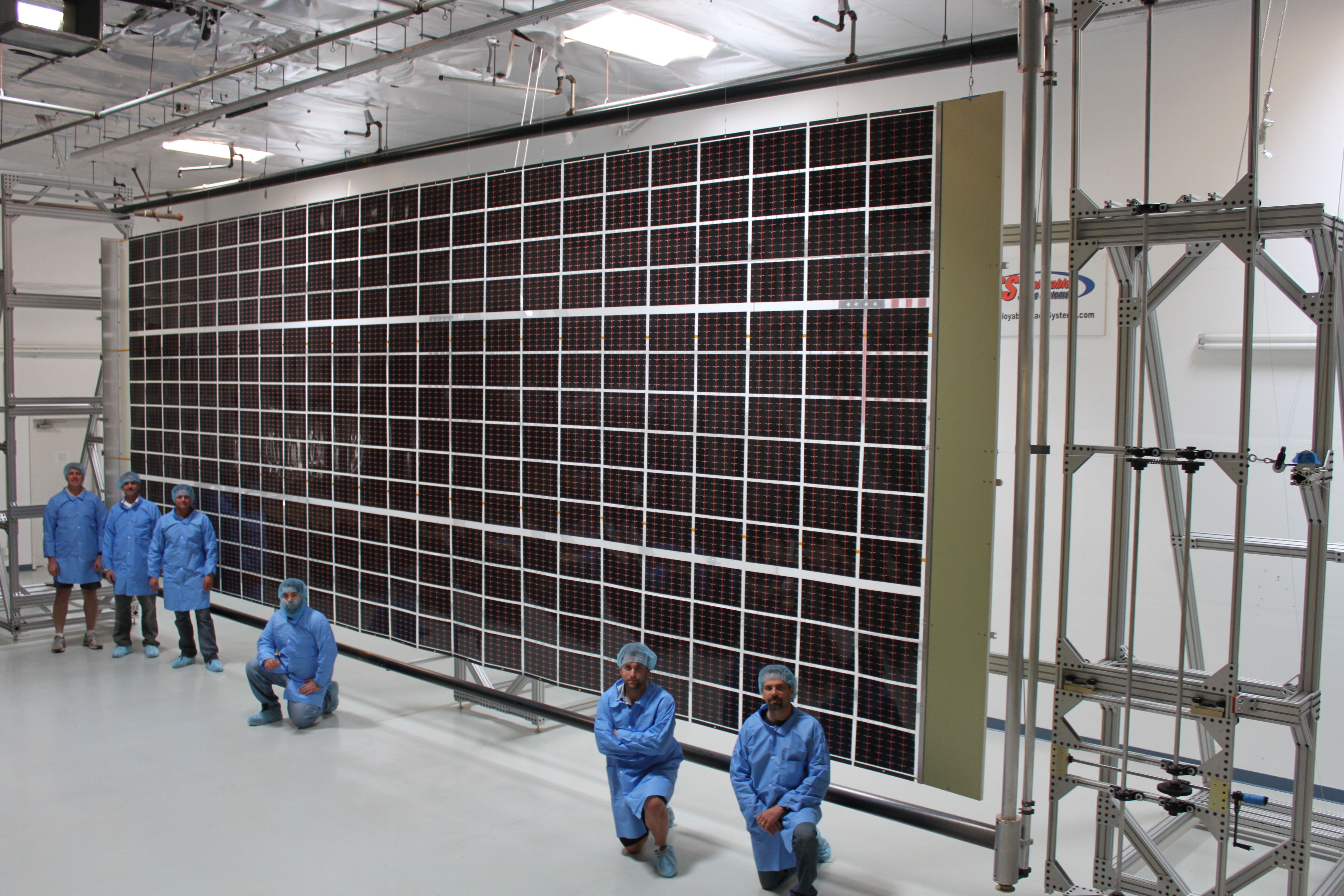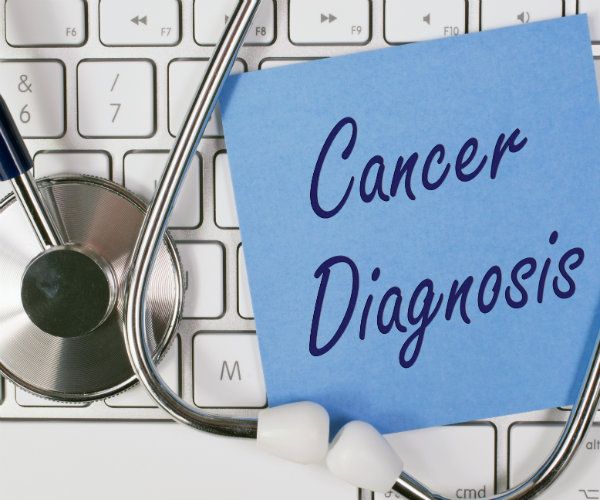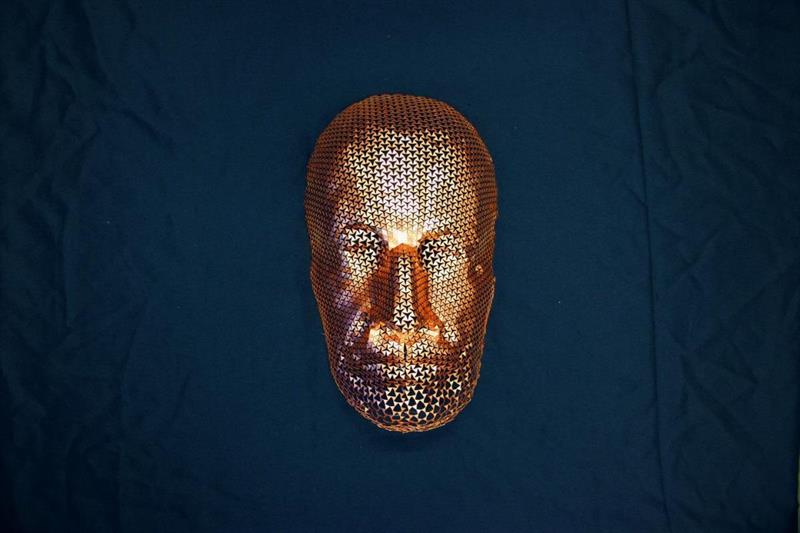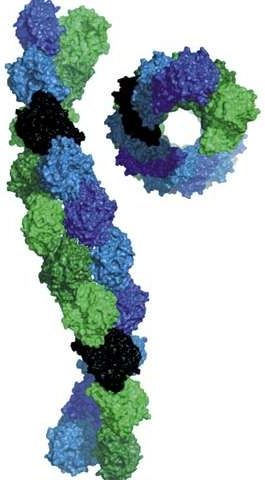I do love biometrics for security; however, many know that we will not only leverage biometrics alone for certifying identification given how easy it is for folks to retrieve others DNA information, etc. from commercial DNA sites, etc.
In the world of security, there are many tools at the IT Staff’s disposal which can be used to fight Cybercrimes of all types and levels. Regarding Physical Access Entry, Smart Cards and FOB’s are available to help alleviate the probability of a Social Engineering attack. Regarding Logical Access Entry, Network Intrusion Devices, Firewalls, Routers, etc. are also all ready to be installed and used.
But, there is one problem with all of these tools above: To some degree or another, all of them can be hijacked, stolen, or even spoofed so that a real Cyber hacker can find their way into a corporation very quickly and easily. For instance, a Smart Card can be easily lost or stolen; or even malformed data packets can be sent to a router and tricking it that it is a legitimate employee trying to gain access.
But, there is one Security technology out there which, for the most part, cannot be spoofed or tricked. As a result, it can provide 100% proof positive of the identity of an end user. This technology is known as Biometrics.
